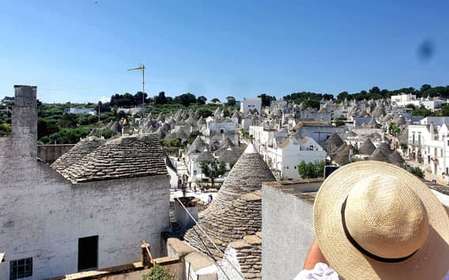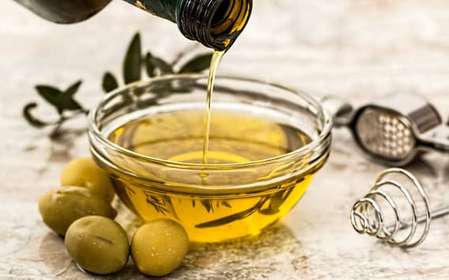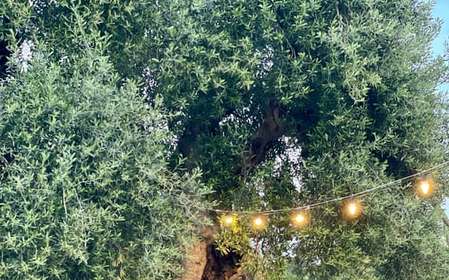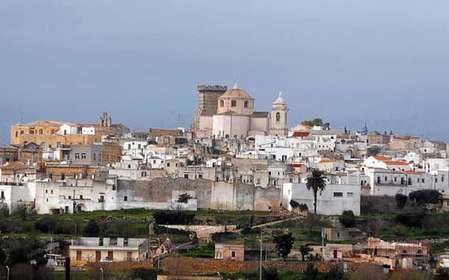- Home
- Useful Tips
- Interesting markets to visit in Brindisi
Visiting Brindisi's markets can be overwhelming for travelers who don't know where to find authentic local products. With over 70% of tourists reporting they've purchased counterfeit 'local' goods at inflated prices, the frustration of navigating crowded stalls and language barriers is real. The vibrant market culture here hides genuine artisan treasures beneath tourist-targeted facades, leaving many visitors missing out on Puglia's true culinary and craft traditions. This disconnect not only wastes precious vacation time but often results in disappointing purchases that don't reflect the region's rich heritage.
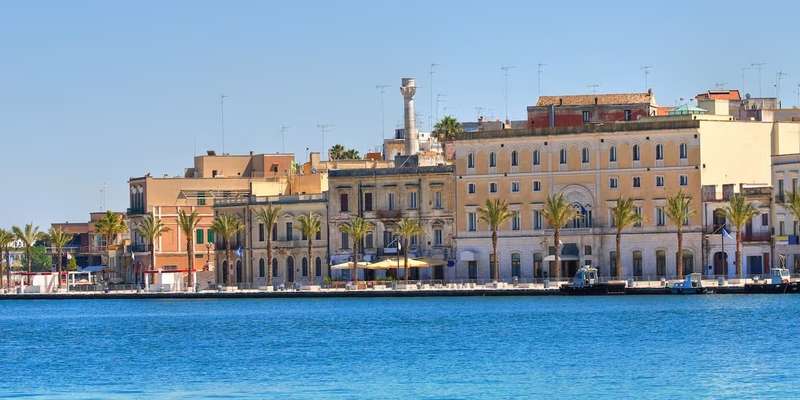

Finding authentic markets away from tourist traps
The Mercato Coperto near the port may be convenient, but savvy shoppers head inland to discover Brindisi's true market gems. Every Saturday morning, the Mercato Settimanale on Via Appia transforms into a sprawling showcase of Puglian authenticity, where farmers sell sun-ripened tomatoes alongside nonne demonstrating traditional pasta-making techniques. Arrive before 9am to watch vendors unpack their wares – the early hours reveal which stalls get frequented by restaurant owners, a sure sign of quality. Look for handwritten price tags in Italian rather than multilingual signs, and don't be afraid to ask 'È prodotto qui?' (Is this made here?) to verify local origins. The mercado's northern section specializes in antique lace and olive wood crafts, while the southern alleys overflow with just-picked produce from nearby Masserie farms.
Navigating the fish market like a Brindisino
Brindisi's Pescheria Comunale offers a crash course in Mediterranean seafood culture, but its unspoken rules intimidate first-timers. Local fishwives begin auctioning the day's catch at 5:30am, a spectacle worth witnessing even if you're not buying. By mid-morning, the marble counters display glistening orate (sea bream) and polpi (octopus) arranged with artistic precision. Watch how regulars inspect gills for redness and press flesh for firmness before purchasing. The vendors expect interaction – ask 'Che mi consiglia oggi?' (What do you recommend today?) to spark conversations that might lead to cooking tips. Tuesday and Friday see the widest selection when fishing boats return from overnight trips. Bring small euro notes as most stalls don't accept cards, and consider bringing a cooler bag if returning to accommodations.
Seasonal market specialties you shouldn't miss
Brindisi's markets transform with the agricultural calendar, offering distinct flavors throughout the year. Spring brings wild asparagus and fave (broad beans) for the traditional 'fave e cicorie' dish, while July overflows with burrata so fresh it oozes when pierced. Autumn markets feature cartellate pastries and new olive oil, often with tasting cups set out for sampling. Winter reveals stalls piled with dried peppers and hanging torcinelli sausages. The Mercatino di Natale in December transforms Piazza Vittoria with artisan nativity scenes carved from Lecce stone. For food souvenirs, seek out stall #27 at the Mercato Coperto year-round – the D'Onghia family's preserved vegetables in extra virgin oil make perfect gifts. Remember that many specialty items like bombette (stuffed meat rolls) or friselle (twice-baked bread) can be vacuum-packed for travel if you ask 'Può sigillarlo per il viaggio?'
Market etiquette that saves money and builds rapport
Understanding Brindisi's unspoken market rules leads to better prices and memorable exchanges. Unlike northern Italian cities, bargaining here follows subtle cues – try asking 'È l'ultimo prezzo?' (Is this your final price?) with a smile rather than aggressive haggling. Vendors appreciate when you handle produce respectfully; use provided gloves for cheeses and never squeeze fruit without permission. Small purchases build goodwill; buying a €2 bunch of radicchio might earn you a free limoncello sample later. Cash remains king, but newer stalls accept contactless payments under €20. The golden hour for deals is 30 minutes before closing, especially on Saturdays when vendors prefer selling at discount rather than packing perishables. If overwhelmed, look for stalls displaying the 'Puglia Autentica' logo – this regional certification guarantees authentic local products at fair prices.
